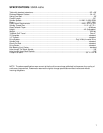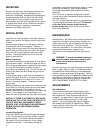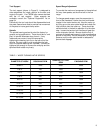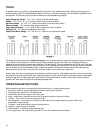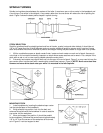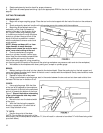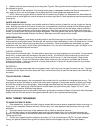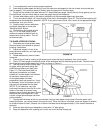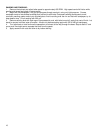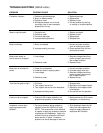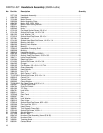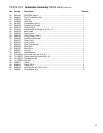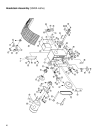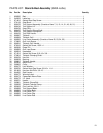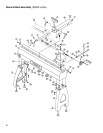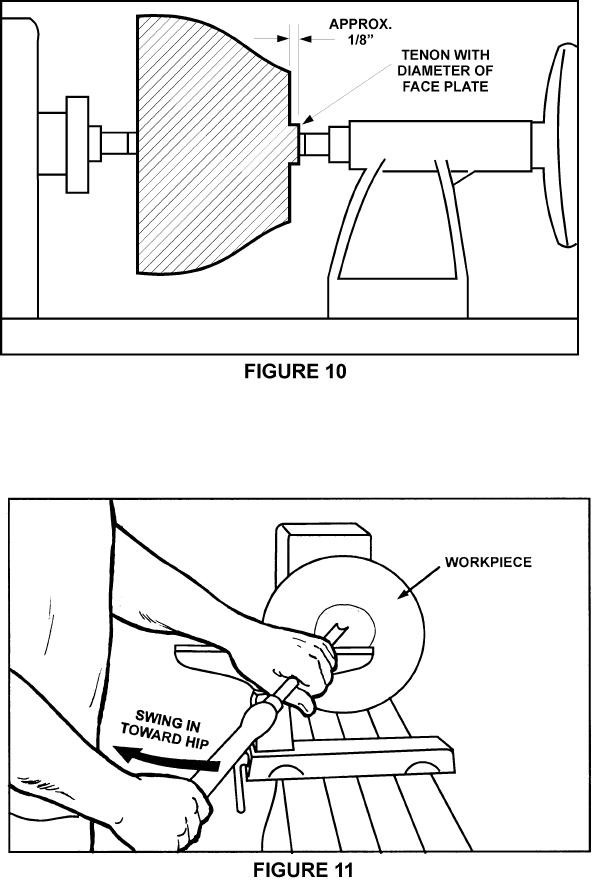
15
5. Turn workpiece by hand to ensure proper clearance.
6. Start lathe at lowest speed and bring it up to the maximum safe speed for the size of work to be turned (see
chart on page 9). If the machine starts to vibrate, lower the speed until vibration stops.
7. Rough out the outside of the bowl with the 1/2" deep fluted bowl gouge, holding the tool firmly against your hip.
For best control, use your whole body to move the gouge through the workpiece.
8. As bowl takes shape, work on the bottom (tailstock end) to accomodate attaching a face plate.
9. Turn a short tenon (about 1/8" long) the size of the hole in the faceplate, Figure 10. This will allow centering the
workpiece when the faceplate is attached. (NOTE: If you plan to use a chuck, turn a tenon of the appropriate length
and diameter to fit your chuck.)
10. Stop the lathe, remove workpiece
and attach face plate or chuck (see
"Mounting Stock" above).
11. Finish turning the outside of bowl
with 1/2" or 3/8" bowl gouge. Leave
additional material at base of bowl for
support while turning interior. This will
be removed later.
TO SHAPE INTERIOR OF BOWL:
1. Stop lathe and move tailstock away.
Remove center from tailstock to prevent
bumping it with elbow.
2. Adjust tool support in front of the
bowl just below centerline, at a right angle
to the lathe ways.
3. Rotate workpiece by hand to check
clearance.
4. Face off top of bowl by making a light shearing cut across the top of workpiece, from rim to center.
5. Place 1/2" bowl gouge on toolrest at center of the workpiece with the flute facing top of bowl. The tool handle
should be level and pointed toward four o'clock, as shown in Figure 11.
6. Use left hand to control cutting edge
of gouge, while right hand swings tool
handle around toward your body (see
Figure 11). The flute should start out
facing top of workpiece, and rotate
upward as it moves deeper into the bowl
to maintain a clean even curve.
As tool goes deeper into bowl,
progressively work out toward rim. It may
be necessary to turn the toolrest into the
piece as you get deeper into the bowl.
(NOTE: Try to make one, very light
continuous movement from the rim to the
bottom of the bowl to ensure a clean,
sweeping curve through the piece. Should
there be a few small ridges left, a light
cut with a large domed scraper can even
out the surface.)
7. Develop wall thickness at the rim and maintain it as you work deeper into the bowl (Once the piece is thin
toward the bottom, you cannot make it thinner at the rim). When the interior is finished, move tool support to exterior
to re-define bottom of bowl. (General rule of thumb: the base should be approximately 1/3 the overall diameter of
the bowl).
8. Work the tight area around faceplate or chuck with 1/4" bowl gouge.
9. Begin the separation with a parting tool, but do not cut all the way through yet.



